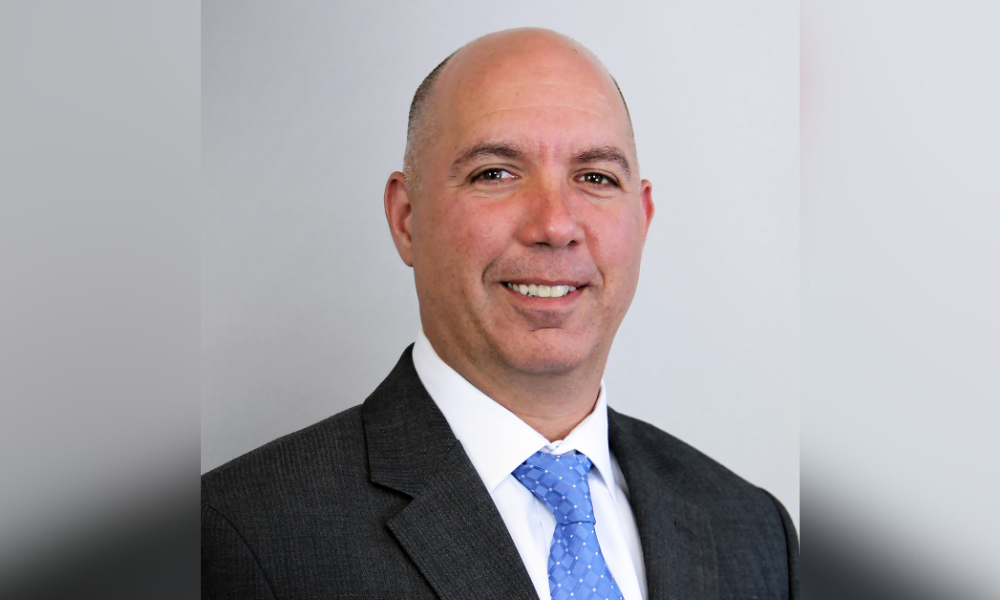

It's been several months since Janney Montgomery Scott, the regional broker dealer with a roughly two-century history, was acquried by KKR. And according to its recently appointed chief executive, the transition has gone as well as could be expected.
"They've proven to be a great business partner, and Janney's continued to deliver on our strategic plan since the closing of the deal," President and CEO Tony Miller told InvestmentNews in a recent exclusive interview..
Miller has been with Janney for more than two decades, joining the regional broker-dealer in 2002 from Ernst & Young. Since then, he's held progressively senior roles, taking the helm as president in 2023 and going on to also adopt the CEO role this past January, succeeding long-serving chief executive Time Scheve, who joined Janney's board of managers as an independent board director.
"We got to bring in some high-quality advisor teams, with north of $2 billion in assets, right in the fourth quarter," he says. "I think it was a vote of confidence by the marketplace that we have something special here."
KKR's agreement to buy Janney from Penn Mutual was a relative standout in a record year for RIA M&A. Out of the top 25 deals by assets transacted reported in Echelon's 2024 RIA M&A Deal Report, it took a respectable ninth place – not bad considering the 366 acquisitions that came through overall.
The deal, announced in late July, was closed in November.
"We've always operated as an independent entity within the Penn Mutual family," he says, emphasizing how the deal with KKR allows the firm to "continue to build on what's made us successful."
Since the deal's summer reveal, Miller has seen more advisors come knocking at Janney's door. Apart from KKR's reputation as a major PE player, he says they were intrigued by the announcement of its equity ownership program, which would give Janney's more than 2,300 employees – including more than 900 advisors – a real stake in the firm's future success.
Beyond that, Miller believes Janney represents an appealing sweet spot along the spectrum of options for advisors across the industry. On one end, he points to large public wirehouses whose expansive structures and diversified business lines make for a depersonalized, bureaucratic experience. And while small RIAs can offer a great cultural feel, he says they typically lack the resources to invest in the technology and services elite teams need.
"We have a boutique culture [that] allows our advisors to operate their business with autonomy based on the best interest of their clients ... while still having the financial resources of a very large firm," he says.
According to Cerulli, advisor autonomy can be a crucial factor for broker-dealers going through acquisitons. In its most recent US Advisor report, the firm highlighted the risk of attrition in broker-dealer acquisitions, and how addressing advisors' growing preference for control can help mitigate that.
"To the extent that a merger or acquisition results in increased bureaucracy, limitations to advisors’ autonomy, or a reduction in the overall quality of home-office support, a transaction could be the catalyst for advisors to defect," the report said.
As a regional with roughly $158 billion in assets under advisement, Janney is a relative lightweight in the broker-dealer space, where trillion dollar-plus heavyweights like Edward Jones, LPL, and Raymond James have dominated over the years. Its annual recruitment numbers also pale in comparison, having welcomed 27 advisors in 2024 compared to more than 6,000 for LPL and a reported 8,700 plus advisors reeled in by Raymond James as of the end of its fiscal fourth quarter on September 30.
Still, Miller is quick to point out the calibre of advisors the firm attracted with its platform of alternative investments, high-net-worth services, and technology. The experienced advisors it hired last year ran the gamut, coming everywhere from RIAs to hybrids, broker dealers, and wirehouses.
"We're constantly investing in new tools and solutions, including our continued investment in digital advisor transition," Miller says. "One advisor we recently hired was able to transfer over 75 percent of his client assets in under 12 business days."
With a history dating back to 1832, Miller says Janney has a compelling story to tell advisors, with a strong financial position and a private structure that lets it plan for the long term. He says the firm is focused on making sure it's around for another 200 years to uphold its commitment to clients and employees.
"One of the areas where we as an industry can continue to make progress is just improving the pipeline of talent into the business," he says. "To be able to engage clients and develop long-term relationships and directly impact people's lives with very personal and multi-generational advice ... it's such a rewarding career."

Summit Financial unveiled a suite of eight new tools, including AI lead gen and digital marketing software, while MassMutual forges a new partnership with Orion.

A new analysis shows the number of actions plummeting over a six-month period, potentially due to changing priorities and staffing reductions at the agency.

The strategic merger of equals with the $27 billion RIA firm in Los Angeles marks what could be the largest unification of the summer 2025 M&A season.

Report highlights lack of options for those faced with emergency expenses.

However, Raymond James has had success recruiting Commonwealth advisors.
Orion's Tom Wilson on delivering coordinated, high-touch service in a world where returns alone no longer set you apart.
Barely a decade old, registered index-linked annuities have quickly surged in popularity, thanks to their unique blend of protection and growth potential—an appealing option for investors looking to chart a steadier course through today's choppy market waters, says Myles Lambert, Brighthouse Financial.
